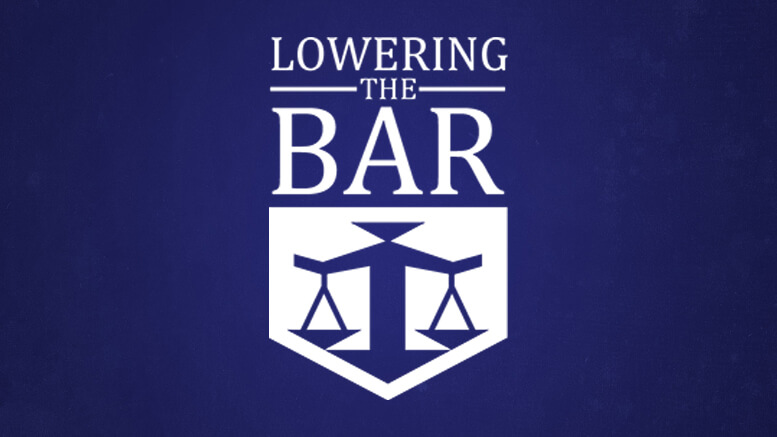No.
On Monday, January 7, Jonathan Frieman will be paying $478 for the chance to test out his argument that if corporations are "people," he ought to be able to carpool with one. Actually, the $478 is how much he'll be paying after he loses—I guess you could say that it's free to give it a try, which Frieman did in October in Marin County by driving in Highway 101's carpool lane. The officer who stopped him thought he was alone, but Frieman explained that he had a set of corporate papers in his car, and corporations are legal "persons," so there were actually two "people" in the car, hence no violation.
This is why he will be appearing in court on Monday at 3 pm.
Frieman was cited for violating section 21655.5 of the California Vehicle Code, which states that "[n]o person shall drive a vehicle upon those lanes except in conformity with" the posted instructions. As the California Highway Patrol notes here, pursuant to those instructions it is illegal for vehicles containing only one person to use said lanes except under very specific circumstances, such as outside posted carpooling hours. It is true that, as Frieman argues, section 470 of the Vehicle Code states that "'[p]erson' includes a natural person, firm, copartnership, association, limited liability company, or corporation," hence his argument that he was not the only person in the car.
Unfortunately, section 100 notes that the definitions that follow are to govern interpretation "unless the provision or context otherwise requires." Here, of course, to consider a corporate entity to be a "person" in the HOV lane would defeat the purpose, which is to reduce the number of cars on the road. When a corporation can drive itself to work, this will be a valid argument.
The same principle defeats another argument to which the Highway Patrol page above also refers:
I'm pregnant. The HOV lane requires two persons in a vehicle. Now that I'm eating for two, can I use this lane?
California law requires that in order to utilize the HOV lane, there must be two (or, if posted, three) separate individuals occupying seats in a vehicle. Until your "passenger" is capable of riding in his or her own seat, you cannot count them.
As you may recall, this is a previous Brilliant Argument that also failed, despite what seems like a significantly more plausible argument that one's embryo and/or fetus could also be considered a "person" for this purpose. (Note: "More plausible" in this case still does not equal "good.") Again, when fetuses drive, then they can be counted for HOV purposes. (I don't know whether young children count. As is so often the case, they shouldn't.)
Another problem is that even if corporations could otherwise be considered people for HOV purposes, a corporation is not located where its paperwork happens to be at any given time, but rather (for most purposes) where its main office and leadership are located. I don't know what corporation was involved here, so I guess it's possible that in this case, that location was also "in the front seat of Jonathan Frieman's car," but otherwise this may also be an issue on Monday.
It won't surprise you to learn that Frieman has an ulterior motive here, which is (most likely) to get publicity for his objection to the U.S. Supreme Court's decision in Citizens United, which held that because corporations have First Amendment rights, their political spending cannot be restricted. The legal argument doesn't work simply because a corporation could be a "person" for one purpose but not another—it's a made-up entity that has whatever rights we choose to give it. Frieman (and his lawyer, and his public-relations firm) almost certainly realizes that, and if he is willing to pay $478 (which he will) for some otherwise free publicity, well, goal achieved.
The report linked above also makes the good point that if a corporation can be a person for Vehicle Code purposes, it needed to be wearing a seat belt. So I hope that paperwork was strapped in.
FYI, in researching this post I also noticed that section 21662 of the Vehicle Code provides that "[t]he driver of a motor vehicle traveling through defiles or canyons or upon mountain highways shall hold the motor vehicle under control at all times," so if your practice has been to hop in the back seat and take a nap or otherwise allow your vehicle to careen out of control while driving on narrow mountain roads, you need to stop doing that because it is illegal.
